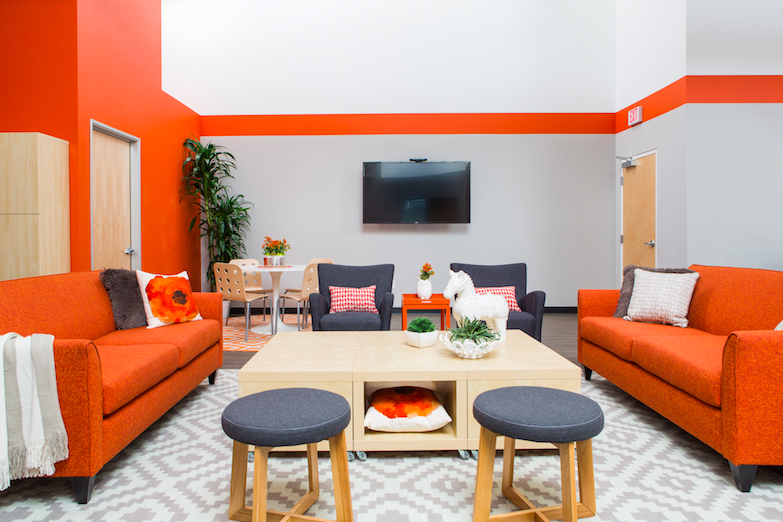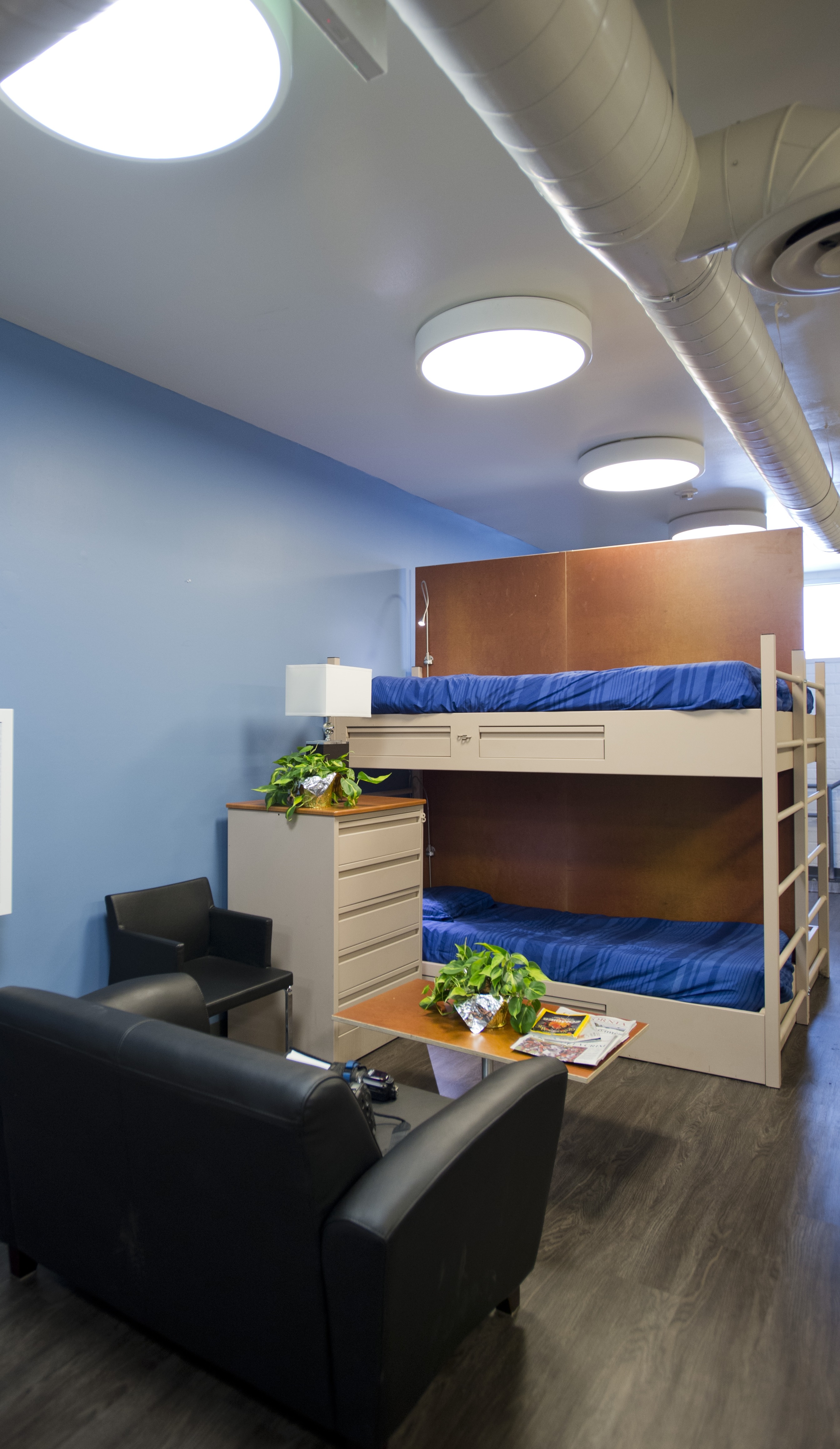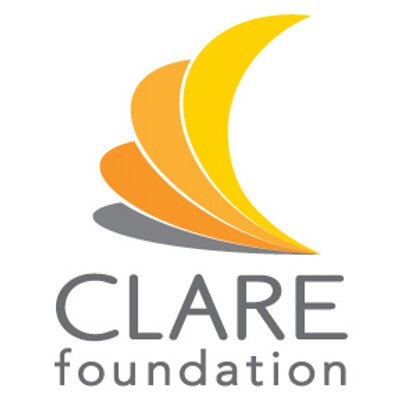At 11, Cristina (last name withheld) started experimenting with pot and alcohol.
It’s not unusual or shocking behavior for a pre-teen.
What followed, next, however, delves into the atypical — transcending from recreational use to full-blown addiction.
“I became heavily addicted at age 18 but had been using on and off for 5 years,” she says. “I had been using meth, cocaine and alcohol.”
She was unable to maintain any semblance of a normal life and the very concept of college, and even, a job, were unfathomable and unrealistic due to her lifestyle.
” I didn’t really know my own value and struggled with school, friendships, and employment,” Cristina recounts. “I had tried briefly to work part-time and go to college but it was really challenging to party and be responsible!”
And, the party, it seems, didn’t stop but she did try to seek help over those formative years, knowing things were spiralling out of control.
“I first sought help at 14 when showed up at my mom’s doorstep and threw up,” she recalls. “My mother had been in recovery for 8 years and recognized my behavior.”
When asked if there was an emotional trigger or an emotional incident that led to her addiction, which more than often happens to be the case, Cristina’s says that wasn’t necessarily the case.
“I believe I inherited an alcoholic gene, and although I did have some emotional scarring, I believe once I was addicted, it fueled my habit,” she says matter-of-fact.
The problem became that her addictions led her into treacherous terrains — and a boyfriend battling his own addictions created a scenario nothing short of a nightmare.
Cristina reveals: “I met my boyfriend when I was 22. He was actually a friend of my current boyfriend at the time. I met him in one of my sprees of recovery. Since my first meeting at age 14, I had been in and out of AA, just like I was on and off using drugs, just trying t find a way to live. So my boyfriend was actually someone who I kept in contact with over the years, and I didn’t start a relationship with until 6 years after we met. He had been 11 years sober by that time and I had 6 months sober.”
“Shortly after we started dating, I relapsed and then we relapsed together and then he started drug dealing to supply our habit. Within four years of our relationship beginning, he was committing fraud, having heart attaches every few months due to drug-induced congestive heart failure, I was shooting meth, huffing computer cleaner daily, drinking up to a half gallon of alcohol daily, and I had gone partially blind in both eyes (due to IV meth use, although my vision came back after a few weeks), totaled 2 cars, overdosed three times on various drug concoctions including heroin and meth, and was on the verge of losing custody of my son for the second time. I had been raped, jumped, and was being hit every day by the boyfriend. I had also been evicted from my apartment and we were staying in a motel.”

It just got worse — if that, in itself, is imaginable.
“I was beaten by my boyfriend and his mistress, who was also someone I thought was my friend,” she says. “But they left me in the street broken, bloody and alone.
“I was raped one of the times I tried to leave my boyfriend. See, every time I tried to leave him in the last years, worse stuff would happen– wrecking my car, waking up in the middle of intersections passed out, not knowing what happened and,… then the rape.”
Herein, however, lies the irony of life: When her boyfriend was jailed in October 2015, it was then that Cristina decided to take the step that would alter her destiny — despite being homeless at the time, she got sober. And, got help.
“I was already tapering off of the drugs and alcohol,” she recalls. “I had no money but had been going to meetings periodically, so I had a few numbers of people that came to help me, and gave me a place to stay and food for a week. I drank one more time after he got arrested and have scar on my back from trying to hop a fence and flee police! The next day was my first day sober. I stayed homeless for a week-and-a-half after that. Stayed in a van and ate donuts at AA meetings. Occasionally someone would buy me a meal.
“Then finally I made a call to CLARE Foundation on a Friday and did my assessment. I knew of CLARE because they had helped my mom years ago and I also had a seven-day stay there right before my son was taken from me the first time. When I Called CLARE they asked me to call back on Monday, I did, I called desperate because I knew I was finally done! CLARE took me in on 11/4/2014 A and I have been clean from then until now. My actual clean date is 10/25/2017 and I am coming up on 3 years.”
It wasn’t just the drug use that stopped, but also a history of harming herself, too.
“I had first started cutting my wrists at six, and I started trying to commit suicide at age 11 all the way up until I quit using two-and- a-half years ago,” she says, “Luckily, I was unsuccessful. I have been in a total of six mental hospitals — the first one was at age 11 all the way up until age 17 for suicide attempts. I found my way out of that the day that I stopped using — I stopped wanting to hurt myself and started to want to live.”

CLARE Foundation is different from other rehabilitation facilities — for one, it’s a non-profit and, more importantly, it’s an organization that puts people’s health, happiness and well- being over $ signs. If anyone has ever researched how much it actually costs to go to rehab, then you will realize that for the majority of people. seeking treatment is not even a feasible option unless you have a wad of money or rich parents behind you. That is what differentiates CLARE.
Their motto is: “Addiction is costly. Treatment doesn’t have to be.”
And, really, why should addiction be something only the rich can fix, while it destroys the lives of the poor? Addiction doesn’t distinguish between bank accounts — it’s a disease. A disease that not only can destroy the person battling addiciton, but those around them. If you have ever been to an AA meeting, the stories are eerily similar and equally horrific: Tales of a wife and a child looking over their father who had passed out with a crack pipe on his chest after relapsing, only to further lose his job, his home, his kid and living in an elevator shaft, still thinking that he has control over his addiction when he doesn’t.
It’s only help and hope that heals — and a genuine understanding of exactly what those who are battling addiction to that level, really need.
CLARE Foundation was founded in 1970 by a group of recovering alcoholics, who responded to the lack of recovery-oriented services for the homeless and indigent alcoholics gathered on the beaches of Santa Monica and Venice. They first distributed food and literature and then went on to rent a small storefront and sleeping area on Pico Boulevard, providing the community with education, resources, and referrals — plus a place to detox.
Since then, the organization has continued and continued to help so many on a variety of levels.
With a motto of “saving lives through recovery”, CDO of CLARE foundation, Kristina Justiniano, tells us, the organization, “was built on compassion. We are constantly shown kindness and support from our generous donors and friends, which enables us to provide scholarships and affordable treatment options – and hope – for those in need.”
“Most of our funding comes from government and foundation grants, fundraising events, corporate sponsorships and individual donor gifts.”
“We have 108 Residential Treatment beds. The gender responsive residential service can range from 30 to 90 days in a 24-hour treatment setting and we also offer clinically observed detoxification for the safest transition into sobriety ”

Treatment and support doesn’t end when a person has concluded their stay at CLARE.
Justiniano explains: “Part of CLARE’s Continuum of Care includes transitional living at one of our Sober Living facilities and staying connected with the recovery network by joining the CLARE Alumni program.”
For Cristina, who now works at CLARE as a coordinator of alumni programs and as a call center specialist, life is so different now than before she got help — and got sober.
Looking back, what was the absolute lowest point for her?
She says: “There were so many but I would say the night I lost my son and layed in the hospital after being jumped and my mom picked up my son from my home because the people who jumped me called her and told her I was missing.”
She continues: “CLARE gave me a warm bed, a warm shower, 3 meals a day. Coming form the streets that was so important. CLARE also gave me stability and consistency and a sense of safety I needed. My counselor always had my back, and although I didn’t like having rules, they offered me structure to help me for once realize rules do matter, I felt cared about and for once I finally started to realize I matter.”
And now, at 34, she is relishing in being a mom to her son after getting custody of him back.
“I know with all my heart I am doing the best I can do and the best I ever have in my life. I work full-time, I am a single mom. I have three women I sponsor in the program and offer them guidance through their recovery. I go to meetings and I honor my life by being good and loving to myself,” she says. “I get to work for the same place that helped save my life.”
Her plans for the future include a strong desire to help others stay sober.
“My plan is to open my own sober living and eventually open a a non-profit for women and children, along with getting my drug and alcohol certification and working on studying English to become a better writer,” she says.
What advice would she give to others right now in the throes of addiction?
She explains: “Depending on their mind state will determine how I talk to them. First I would tell them my story in hopes of building a connection! Then I would ask them questions to draw out the pain (which is their vulnerability), then I would speak gently to them and share through my life in recovery and explain to them how I finally know love and peace — which is what I believe every human being wants.”
For Cristina, kindness and hope is to be given a chance to carve out a better life for herself.
“I believe kindness and hope is what kept me clean this whole time,” she says.” Kindness from others and kindness to myself. If didn’t have hope, I think I would have kept using. I believe my story and all I have been through, is what helps me give hope to others.”
She adds: “I don’t smoke, I don’t drink, I do work out, I do help others and I do work a rigorous program daily. CLARE gave me the stepping stone to build an incredible life — I am so excited about my future.”
To learn more about CLARE, click HERE and to Donate CLARE so that they can continue changing lives for the better, click HERE.
If you or a loved one need help, please get in touch with a trained specialist, by clicking HERE or call (866) 452-5273.
Note: The pictures in this article are not Cristina. Due to the sensitive nature of the material in this story, coupled with the fact she is a mother, she has asked for her identity to remain anonymous. BUT, she has shared her story in a bid to help others and urges anyone out their struggling with addiction to get help. YOU can turn your life around — her story is testament to that.



